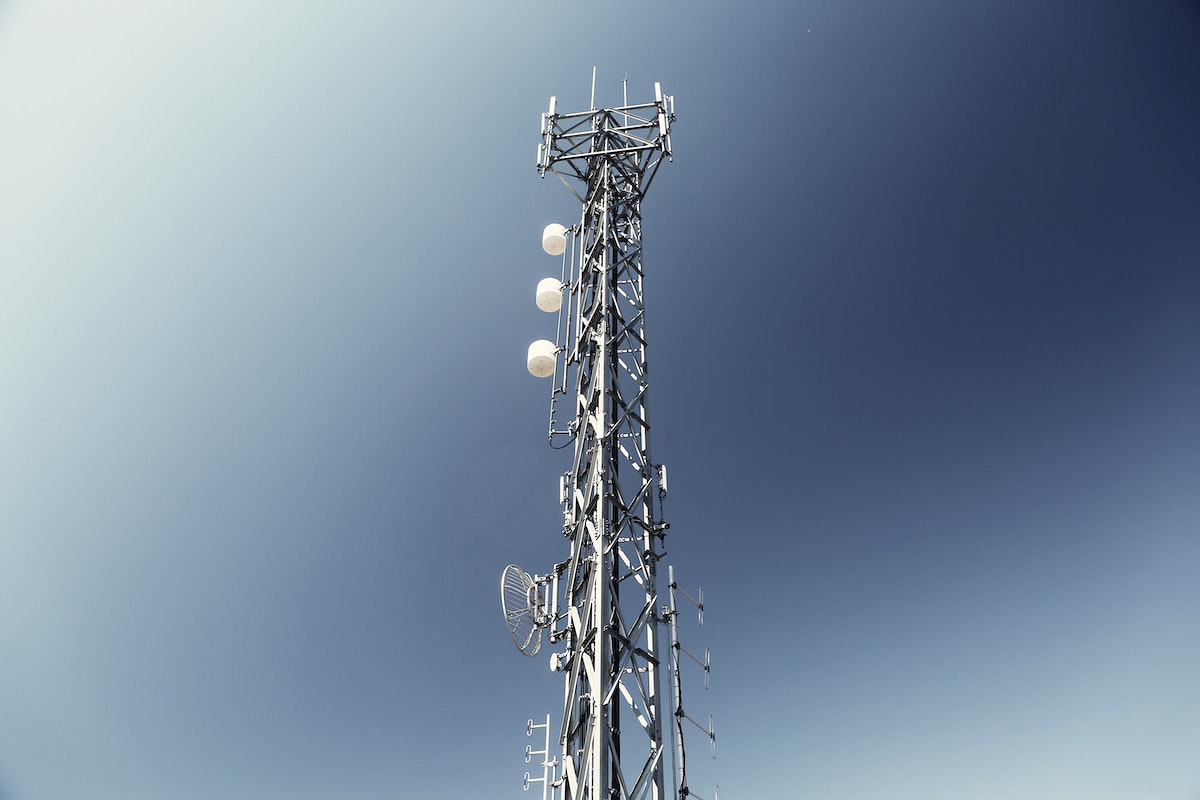In the realm of modern technology, drones have revolutionized various industries, from agriculture to construction, with their ability to capture aerial perspectives efficiently. Among their myriad applications, drone inspection stands out as a crucial tool for ensuring the integrity, safety, and efficiency of infrastructure, buildings, and landscapes. However, the effectiveness of drone inspections hinges significantly on the quality and clarity of the images captured – a realm where high-resolution image viewers play a pivotal role.
Unveiling the Details
Imagine a scenario where a drone is dispatched to inspect a bridge for signs of wear and tear. As it traverses the structure, it captures high-resolution images of every nook and cranny, detailing cracks, corrosion, or structural abnormalities. Yet, without a high-resolution image viewer, these images risk becoming mere snapshots, devoid of the intricate details essential for a thorough inspection.
High-resolution image viewers empower inspectors to delve deep into the captured imagery, zooming in on specific areas to scrutinize minute details with unprecedented clarity. Every crack, every imperfection becomes conspicuous under the lens of such viewers, ensuring that no potential issue goes unnoticed.
there are solutions that offer viewer for high-resolution images, Publishlet.com is one of the best online heigh resolution platforms that will adjust the resolution of your image as you zoom in. This technique will keep your image lightweight and responsive regardless of its size.
Precision Analysis
In the realm of inspection, precision is paramount. Whether it’s measuring the dimensions of a crack or assessing the extent of corrosion, inspectors rely on accurate analysis of captured images. Here, the importance of high-resolution image viewers cannot be overstated.
By providing the ability to zoom in and extract precise measurements from images, these viewers enable inspectors to conduct detailed analyses, aiding in decision-making processes. From identifying the severity of defects to determining the scope of necessary repairs, the precision offered by high-resolution image viewers is indispensable.
Enhanced Clarity, Informed Decision-Making
The clarity of captured images directly impacts the quality of inspection and subsequent decision-making. High-resolution image viewers ensure that inspectors can view images in their full glory, with sharpness and clarity that leave no room for ambiguity.
In the context of inspection, where even the slightest anomaly can have significant implications, such clarity is invaluable. It empowers inspectors to make informed decisions based on concrete evidence, minimizing the risk of oversight or misinterpretation.
Facilitating Collaboration and Documentation
In today’s interconnected world, collaboration is key to success. High-resolution image viewers facilitate seamless collaboration among inspection teams, allowing them to share and analyze images in real-time, regardless of geographical constraints.
Moreover, detailed inspection reports often require high-quality images as supporting evidence. High-resolution image viewers ensure that inspectors can capture images with sufficient clarity and detail, facilitating comprehensive documentation of inspection findings. This not only enhances the credibility of inspection reports but also ensures that valuable information is preserved for future reference.
Conclusion
In the ever-evolving landscape of drone technology, high-resolution image viewers emerge as indispensable tools for enhancing the effectiveness and accuracy of inspections. By unlocking the intricate details captured by drones, these viewers empower inspectors to conduct thorough analyses, make informed decisions, and collaborate seamlessly.
As we continue to harness the potential of drones in various industries, the importance of high-resolution image viewers will only grow. They serve as the gateway to unlocking the precision, clarity, and insight essential for ensuring the integrity and safety of our infrastructure, buildings, and landscapes.
